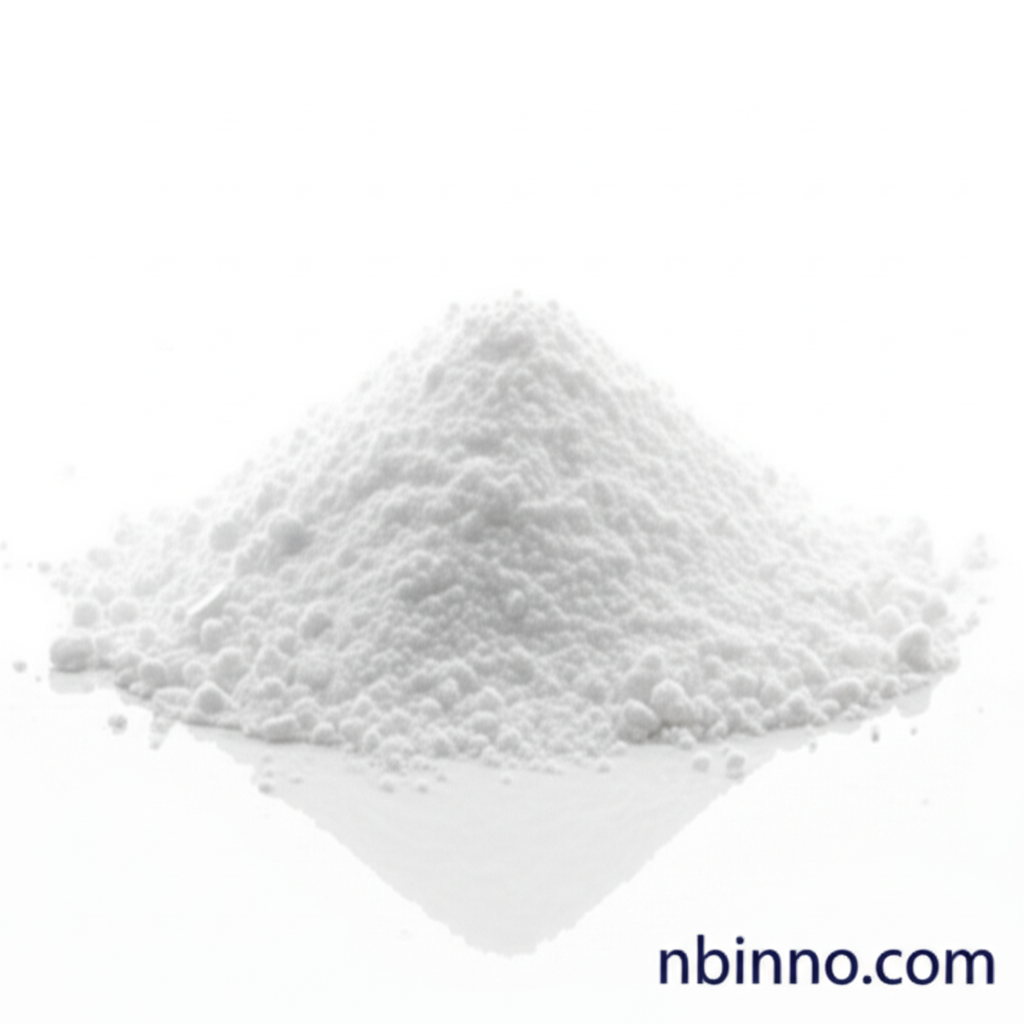The Impact of Tetrabromodiphenyl Ether (PBDE-47) on Macrophage Function
Delving into the complex interactions between environmental flame retardants and the human immune system, this article explores how PBDE-47 influences macrophage behavior through extracellular vesicles, offering insights for a safer chemical future.
Get a Quote & SampleProduct Core Value

Tetrabromodiphenyl Ether
This research highlights the critical role of chemicals like Tetrabromodiphenyl Ether in modulating immune cell responses. As a leading supplier in China, we are committed to providing high-quality chemical compounds while advancing the understanding of their biological impacts. Our work contributes to the broader field of environmental health and toxicology.
- Understanding PBDE-47 immunotoxicity is crucial for assessing the health risks associated with flame retardant exposure.
- This study investigates the complex interplay of extracellular vesicles miRNA in mediating cell-to-cell communication during immune responses.
- The research provides insights into how flame retardant environmental impact can directly affect cellular functions within the immune system.
- We offer Tetrabromodiphenyl Ether as a high-quality chemical for researchers investigating macrophage polarization PBDE interactions and their consequences.
Key Advantages
Scientific Rigor
Our commitment to detailed research on substances like PBDE-47, focusing on THP-1 cell function modulation, ensures that our chemical products are associated with robust scientific understanding.
Environmental Health Insights
By exploring immune system PBDE exposure effects, we contribute valuable data for environmental risk assessments and the development of safer chemical alternatives.
Advanced Research Support
We supply high-purity chemicals essential for cutting-edge studies on cellular signaling and immune system interactions, supporting breakthroughs in toxicology.
Key Applications
Environmental Toxicology
Investigating the adverse effects of chemicals like Tetrabromodiphenyl Ether on cellular and systemic health provides critical data for regulatory bodies and public health initiatives.
Immunology Research
Understanding the intricate mechanisms of macrophage polarization PBDE interactions is vital for developing targeted therapies for immune-related disorders.
Biomedical Science
Exploring the role of extracellular vesicles miRNA in cell communication sheds light on novel diagnostic and therapeutic strategies in various disease contexts.
Chemical Safety Assessment
Our work on flame retardant environmental impact contributes to a better understanding of chemical safety, guiding the industry towards more responsible product development.
